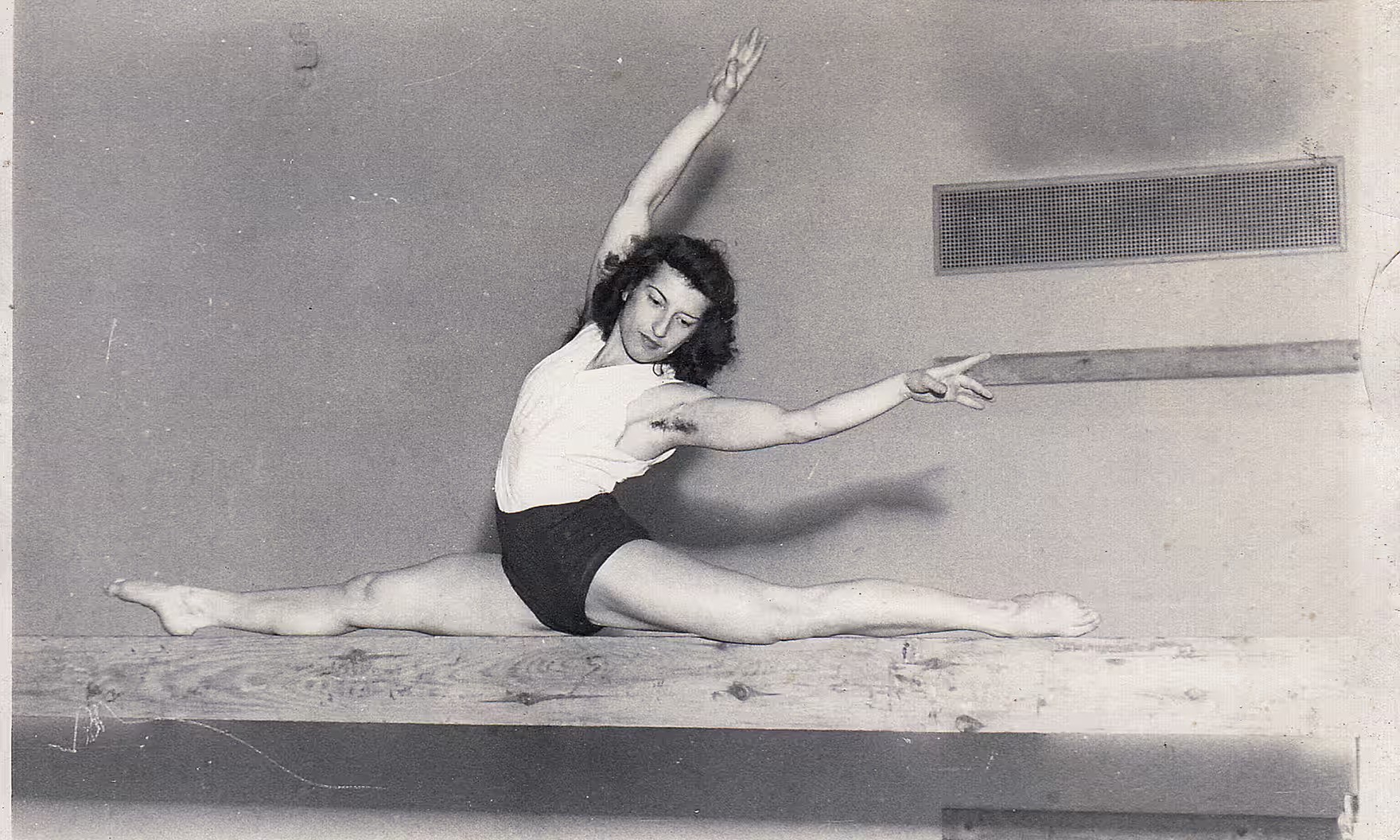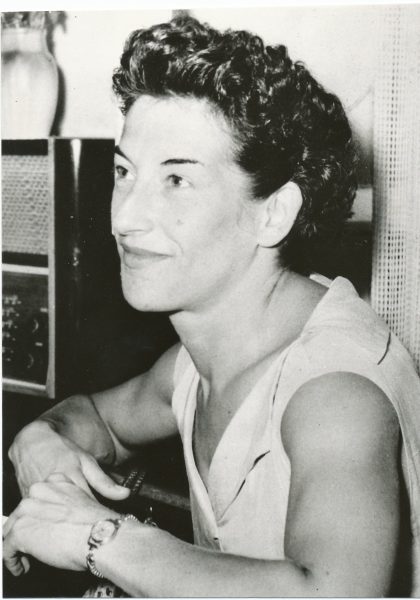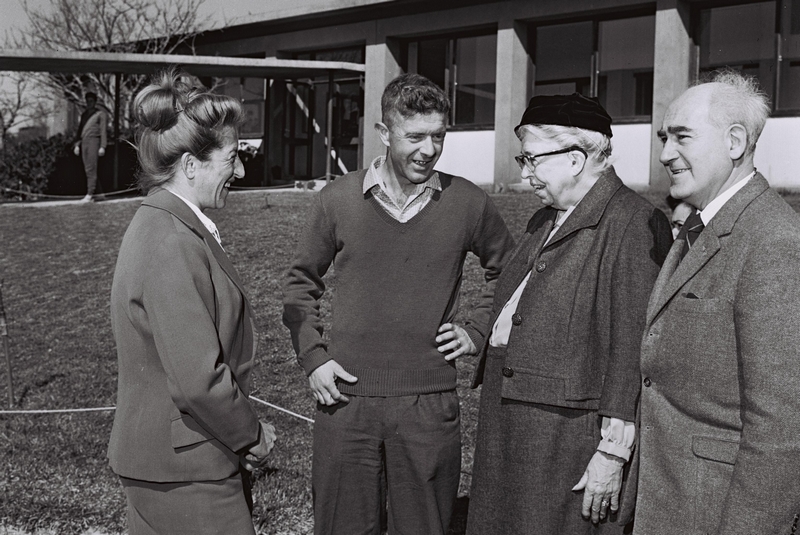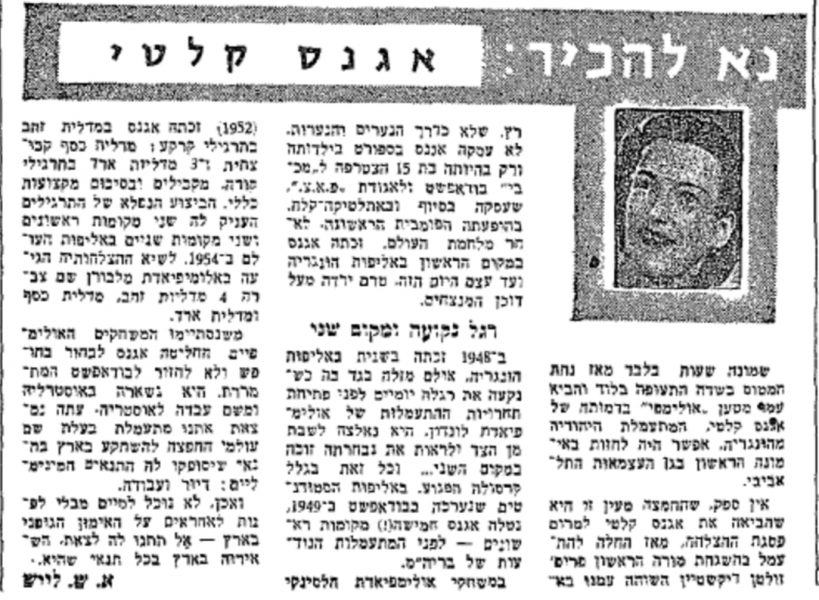Agnes Keleti, one of the most decorated gymnasts in Olympic history, has lived an extraordinary life filled with triumphs both on and off the field of sport. Born on January 9, 1921, in Budapest, Hungary, to a wealthy Jewish family, Keleti’s athletic journey began early, with her father encouraging her to swim by literally tossing her into lakes during vacations. Despite dabbling in gymnastics as a child, Keleti did not take it seriously until she was 16, focusing instead on playing the cello.

What set Keleti apart was not just her athletic skill but her love for the experience itself. She often emphasized that her pursuit of gymnastics was not solely about winning medals but about the joy of daily practice and the opportunities it gave her to travel. In post-war Hungary, where the Communist regime heavily restricted movement, excelling in sports allowed her to see parts of the world that were inaccessible to most.
However, Keleti’s story is not just about sports. She survived the horrors of World War II by adopting a false identity, working as a maid under the name “Yuhasz Piroshka” in a village and later in an ammunition factory. While she managed to evade capture, her father and uncles tragically perished in Auschwitz. Her mother and sister, on the other hand, were saved by the heroic actions of Swedish diplomat Raoul Wallenberg.

After the war, Keleti returned to gymnastics and quickly regained her form. By 1946, she had become the Hungarian National Champion, a title she held until 1956. Her breakthrough on the world stage came at the 1952 Helsinki Olympics, where she won four medals at the age of 31, including a gold in the floor exercise.
Incredibly, at the 1956 Melbourne Olympics, Keleti, then 35, won six more medals, making her the oldest gymnast to win Olympic gold. Her victories included three individual golds in floor, uneven bars, and balance beam, as well as a team gold. This brought her total to ten Olympic medals, placing her among the top Olympic medalists of all time—her haul equaling that of legends like Carl Lewis and surpassing icons like Nadia Comăneci and Usain Bolt.

While Keleti was competing in Melbourne, a violent Soviet crackdown occurred in her native Hungary. Rather than return to a country under Soviet control, Keleti sought asylum in Australia, joining other Hungarian athletes in doing so. Her defection was not a spur-of-the-moment decision. Before the Melbourne Games, Keleti had already grown disillusioned with the Communist regime in Hungary, particularly after a disturbing incident where she was pressured to spy on her fellow athletes.
Following her escape from Hungary, Keleti briefly struggled to find her footing in Australia. Then, a telegram from her former physical education teacher, Professor Gifstein, changed everything. Gifstein had moved to Israel and invited Keleti to join him. Despite his warning about the lack of facilities, Keleti accepted and moved to Israel in 1957. Shortly after her arrival, she participated in the Fifth Maccabiah Games.

In Israel, Keleti not only continued her sporting career but also made significant contributions as a coach, inspiring a new generation of athletes. Her remarkable resilience and passion for gymnastics, even after overcoming unimaginable hardship, continue to serve as a beacon of hope and inspiration. Now residing in Herzliya, Israel, Keleti holds ten Olympic medals, including five golds, and remains a revered figure in the world of sports.

Agnes Keleti’s life is a testament to the power of perseverance, passion, and courage, as she overcame the traumas of war and political oppression to become one of the greatest Olympic athletes of all time.


GIPHY App Key not set. Please check settings